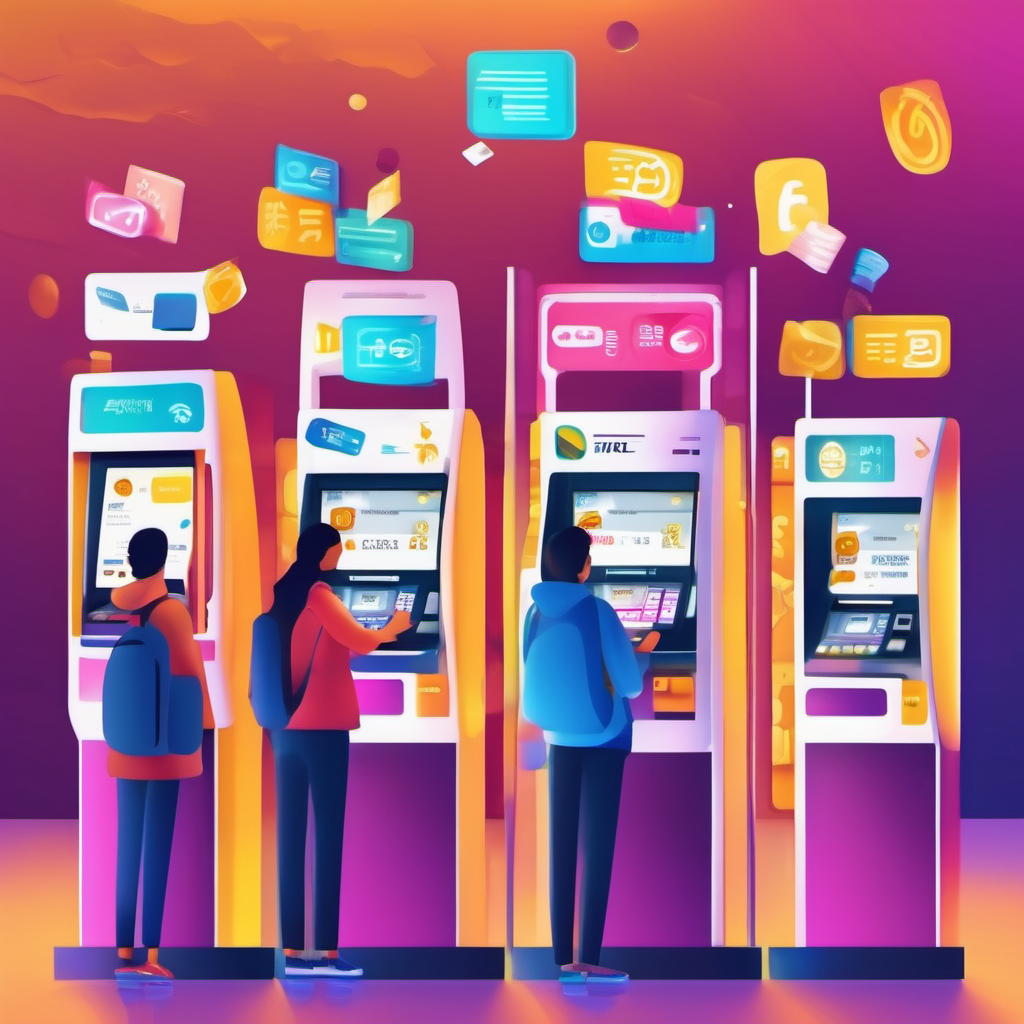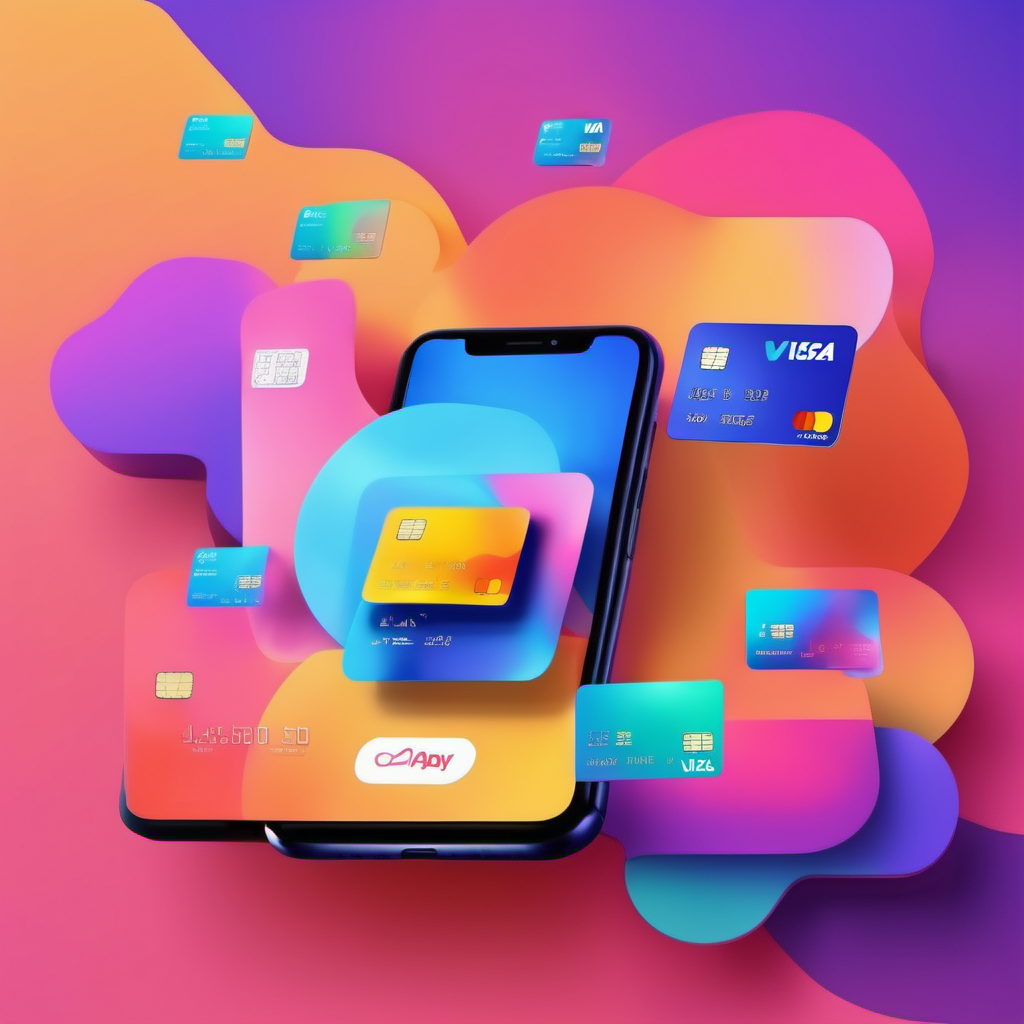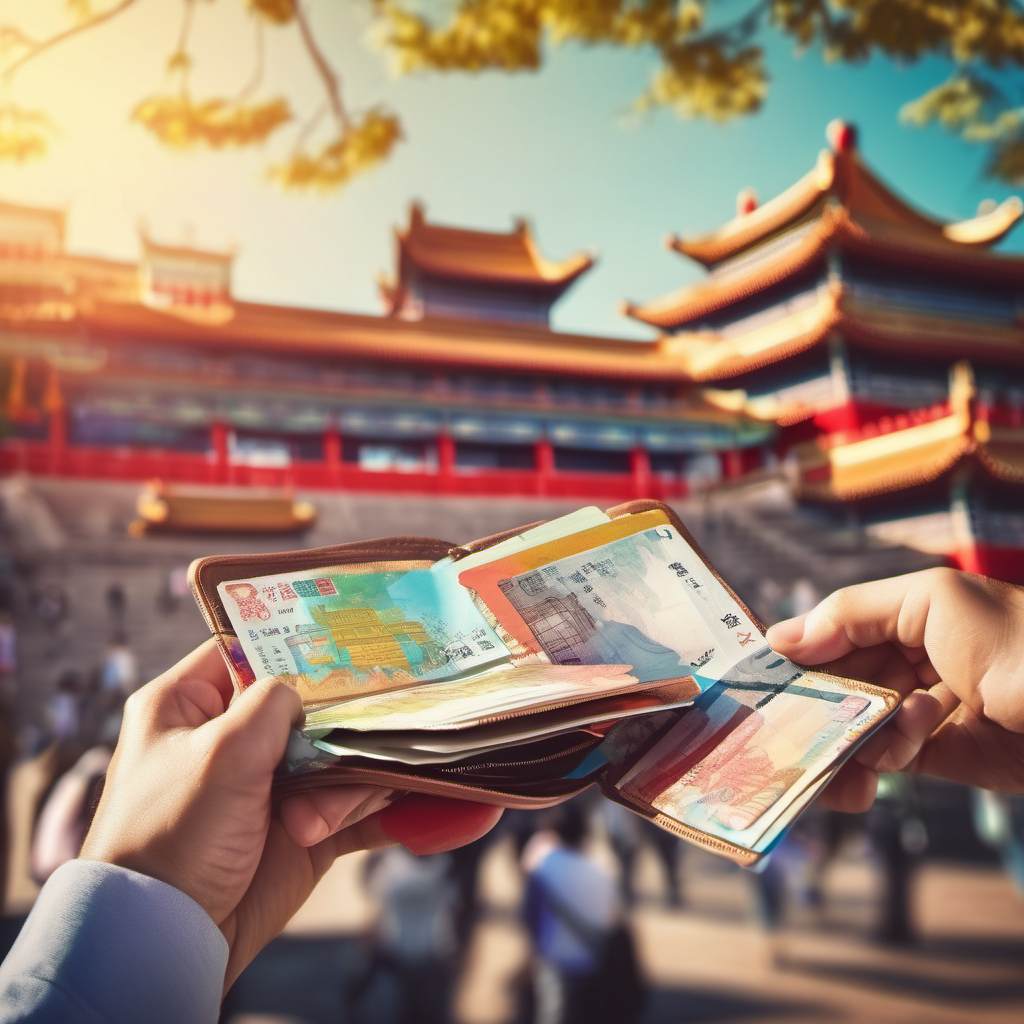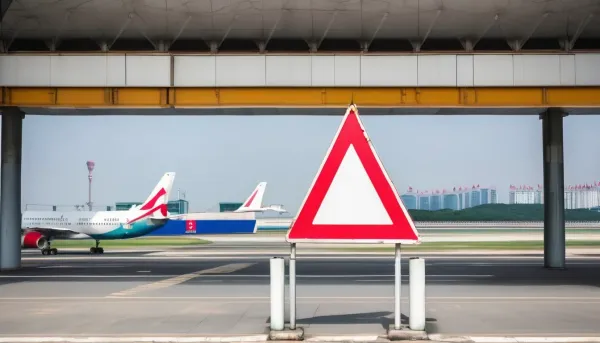Touch Down in China: Navigating Currency for Tourists
Start by withdrawing some RMB at the airport, set up Alipay and WeChat Pay for ease of transactions, and keep a mix of cash and electronic payment options available.

When visiting a foreign country, one of the first things you need is some local currency to ensure smooth transactions for accommodation, dining, transportation, and general purchases. In China, the official currency is the Renminbi (RMB), often referred to as the yuan. For international tourists, having some RMB on hand is crucial for a seamless travel experience. This guide will provide you with all the essential information on acquiring and using Chinese currency during your stay.
Acquiring RMB Upon Arrival
Upon touchdown at any international airport in China, you will find it convenient to locate ATMs that accept foreign bank cards and dispense RMB. These ATMs are typically marked with international symbols and instructions in multiple languages, making it easy for tourists to withdraw cash. It's advisable to withdraw a reasonable amount of cash upon arrival, as there might be instances where electronic payments are not accepted, especially in more remote areas.
Using ATMs
- Find an ATM: Look for ATMs with international logos such as Visa, MasterCard, Cirrus, or Plus. Airports are the most reliable places to find these machines, but they are also available in major cities.
- Insert Your Card: Ensure your card is enabled for international withdrawals. Some ATMs might require a 6-digit PIN; if your PIN is 4 digits, you can usually proceed by adding two zeros at the end.
- Select Language and Transaction Type: Choose English (or your preferred language) and select the option to withdraw cash. The ATM will display the amount in RMB and might also show the equivalent in your home currency.
- Receive Cash and Receipt: After confirming the transaction, the ATM will dispense the cash along with a receipt. Keep the receipt for your records.
Mobile Payments in China
China is renowned for its advanced and highly convenient mobile payment systems. The two dominant platforms are Alipay and WeChat Pay. These apps allow users to link their bank cards and make payments by scanning QR codes. While traditionally these services required a Chinese bank account, recent updates have made it possible for international visitors to use them as well.
More information about setting up mobile payment in China for international tourists, please click this article:

You can also pop in some banks to exchange your notes to Chinese Yuan, please click this guide

Setting Up Alipay and WeChat Pay
- Download the Apps: Alipay and WeChat can be downloaded from your app store. Ensure you download the official versions.
- Register an Account: Use your mobile number to create an account. Both apps support international numbers.
- Link Your Card: Navigate to the wallet section of the app and add your international bank card. You might need to verify your identity with a passport photo and other personal details.
- Top Up Your Balance: Some services allow you to add funds directly to your app wallet, while others enable direct payments from your linked card.
Making Payments
- Scan to Pay: Most merchants in China, from street vendors to high-end stores, have QR codes displayed at the checkout. Open your Alipay or WeChat app, select the "Scan" function, and scan the merchant's QR code.
- Confirm Payment: Enter the amount to be paid (if not automatically populated) and confirm the payment. You'll receive an instant notification of the transaction.
- Receipts and Records: The apps keep a digital record of all transactions, which can be useful for budgeting and tracking expenses.
Limitations of International Payment Methods
While mobile payments are highly convenient, there are a few limitations to be aware of:
- Apple Pay and Google Pay: These services do not work in China with international cards. While you might be able to add a card to Apple Wallet or Google Wallet, transactions will be declined due to regulatory restrictions.
- Credit Card Acceptance: Credit cards from international banks are generally accepted at major hotels, upscale restaurants, and tourist attractions. However, smaller businesses, local markets, and rural areas may not accept foreign cards.
- Currency Exchange Services: Currency exchange counters are available at airports and major hotels, but they may charge higher fees compared to ATMs. Always check the exchange rate and fees before proceeding with a transaction.
Denominations of Chinese Currency
China's currency comes in various denominations:
- Banknotes: The most common denominations are 100 RMB (largest), 50 RMB, 20 RMB, 10 RMB, and 5 RMB.
- Coins: Coins are less frequently used and are available in 1 RMB, 0.50 RMB (50 cents), and 0.10 RMB (10 cents).
One of the advantages of using RMB is that counterfeiting is virtually nonexistent due to the low circulation of paper money and the extensive use of electronic payments.
Tips for Managing Currency in China
- Carry Small Amounts of Cash: While electronic payments are widespread, it's prudent to carry some cash for small purchases, transportation, or in areas where mobile payments might not be accepted.
- Keep Emergency Funds: Store some extra cash in a separate location for emergencies. This could be useful if you encounter issues with your bank card or mobile payment app.
- Inform Your Bank: Notify your bank about your travel plans to avoid any security blocks on your card. Inquire about international withdrawal fees and daily limits.
- Use a Currency Converter App: Install a currency converter app on your phone to quickly check conversion rates and ensure you are getting a fair deal during transactions.
Conclusion
Navigating the financial landscape in China as an international tourist can seem daunting at first, but with the right preparations, it can be quite manageable. Start by withdrawing some RMB at the airport, set up Alipay and WeChat Pay for ease of transactions, and keep a mix of cash and electronic payment options available. By understanding the limitations and opportunities of various payment methods, you can enjoy your travels in China with confidence and convenience. Whether you're dining at a local restaurant, exploring cultural landmarks, or shopping for souvenirs, having the right currency strategy will enhance your overall travel experience.




